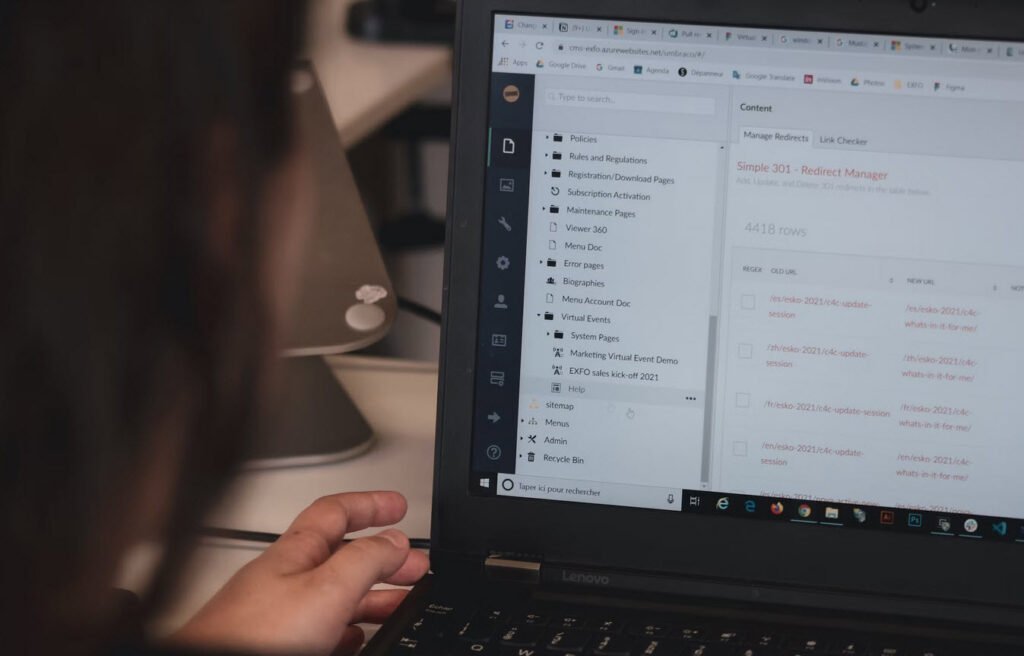
Content management systems (CMS) play a vital role in managing and organizing digital content on websites. They provide a range of features and functionalities to simplify the process of creating, editing, and publishing content.
While CMS platforms can differ in terms of their specific capabilities, they generally share some common features. In this article, we will explore the key features that are often found in general-purpose content management systems.
1. Templating System
A templating system allows users to define the layout and appearance of their web pages. CMS platforms typically employ HTML files with special markers that indicate where specific content elements should be placed.
In some cases, templates may be created using PHP, JSP, or ASP pages. Alternatively, the CMS may provide its own template language for designing the structure and presentation of web pages.
2. Data Repository
Content management systems store content in a structured format, such as a relational database or XML files. When users input data, it is stored within the system to enable the merging of content with templates during the publishing process. This separation of data and presentation ensures flexibility and facilitates dynamic content generation.
3. Workflow System
Efficient content management involves controlling access to content editing and managing the workflow for content publication. Many CMS platforms offer workflow systems that define roles and permissions for users, allowing organizations to determine who can edit specific content and the processes for content approval and publishing.
While some CMS platforms provide rigid predefined workflows, others allow customization to suit the specific needs of an organization.
4. Content Writing and Editing
CMS platforms provide interfaces or tools for users to create and edit content within the system. This can range from simple HTML forms to integration with external tools like Microsoft Word, enabling users to input content in familiar formats. These editing features often include text formatting options, media insertion capabilities, and collaboration tools for multiple authors.
5. Content Publishing
Once content is stored and approved, CMS platforms generate web pages by merging the content with templates. Some CMS platforms generate static HTML files, while others dynamically generate HTML upon each user request. The choice between static and dynamic publishing depends on the level of dynamic content on the website.
To optimize performance, CMS platforms often incorporate caching mechanisms to store static content and minimize the need for repetitive dynamic content generation.
Conclusion
General-purpose content management systems offer a range of features that simplify the creation, editing, and publishing of digital content. Templating systems, data repositories, workflow systems, content writing and editing tools, and content publishing mechanisms are some of the common functionalities found in CMS platforms.
By leveraging these features, organizations can effectively manage their content, streamline workflows, and deliver engaging web experiences to their audiences.
You may also like:- How To Fix the Crowdstrike/BSOD Issue in Microsoft Windows
- MICROSOFT is Down Worldwide – Read Full Story
- Windows Showing Blue Screen Of Death Error? Here’s How You Can Fix It
- A Guide to SQL Operations: Selecting, Inserting, Updating, Deleting, Grouping, Ordering, Joining, and Using UNION
- Top 10 Most Common Software Vulnerabilities
- Essential Log Types for Effective SIEM Deployment
- How to Fix the VMware Workstation Error: “Unable to open kernel device ‘.\VMCIDev\VMX'”
- Top 3 Process Monitoring Tools for Malware Analysis
- CVE-2024-6387 – Critical OpenSSH Unauthenticated RCE Flaw ‘regreSSHion’ Exposes Millions of Linux Systems
- 22 Most Widely Used Testing Tools








